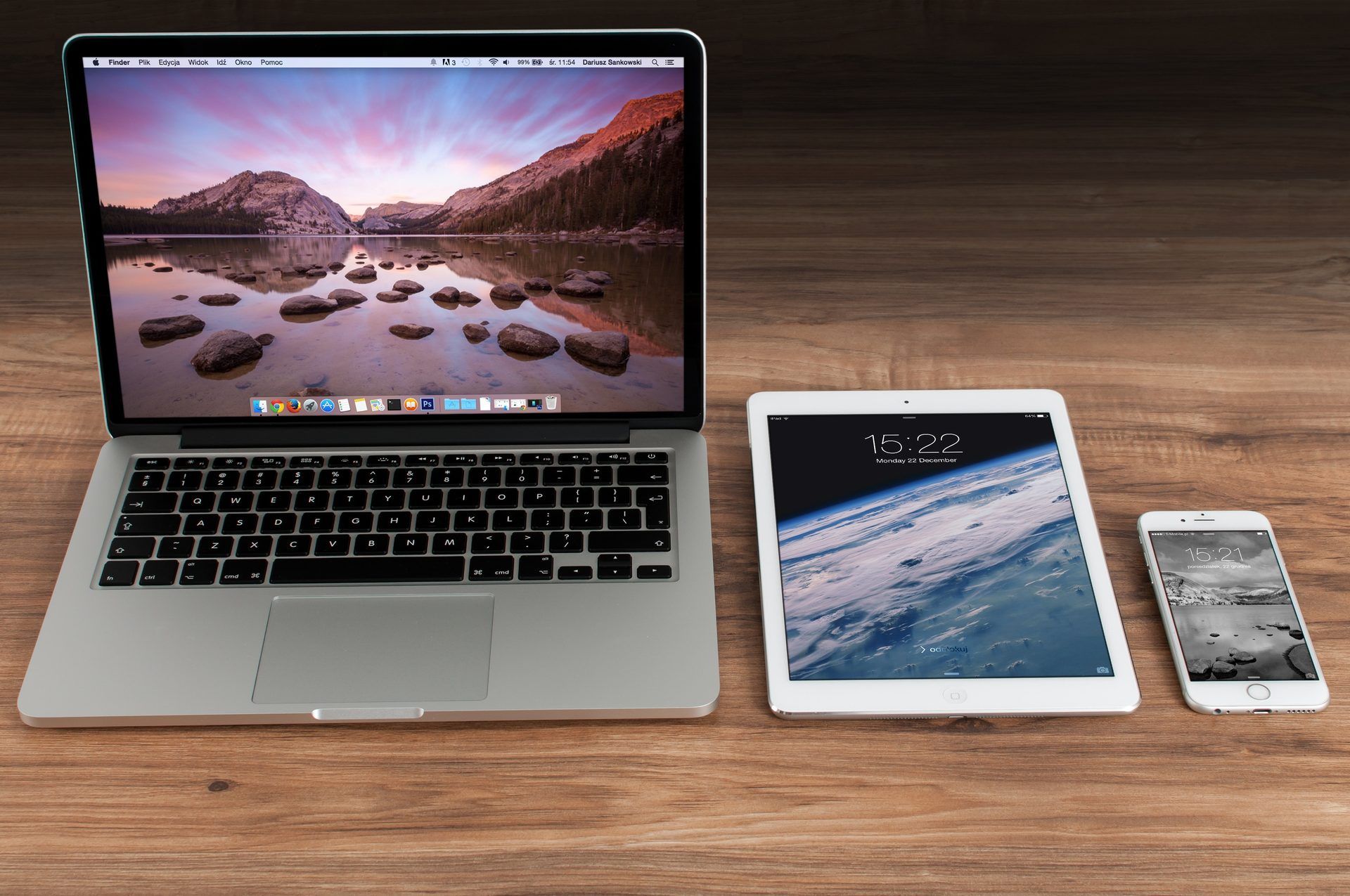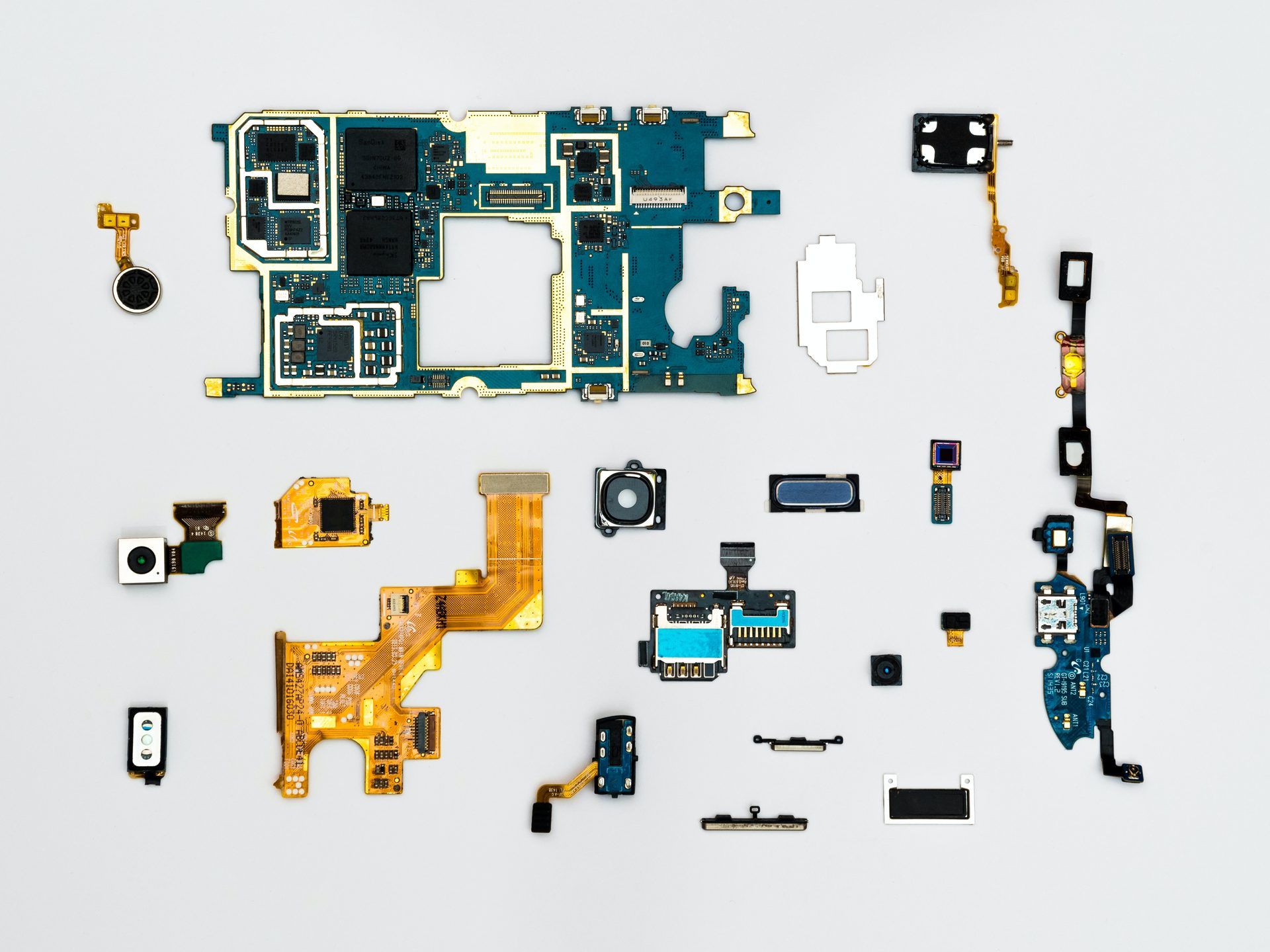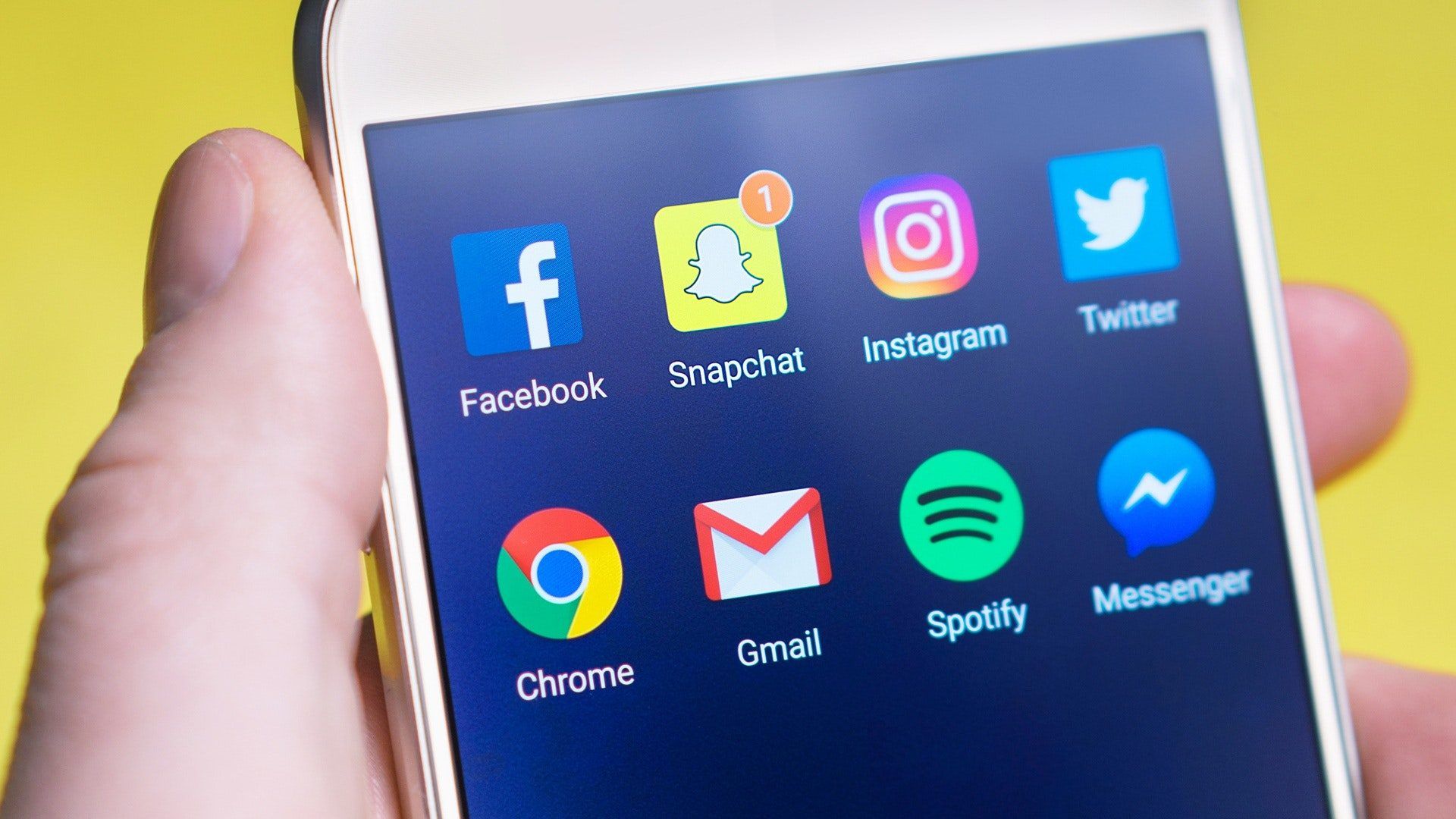The fact that mobile computing is highly driven by innovation, characterized by rapidly changing use, and has great market potential and growth is one factor that makes the field attractive for analysis and design. Without your smartphone, how would your life be? Thanks to mobile computing, you do not have to answer this question.
Nowadays, Alexa is in every home, smartphones are everywhere, and computers are growing lighter and thinner without sacrificing processing power. Mobile computing is a rapidly developing sector of immense relevance
What is mobile computing?
The term “mobile computing” refers to a group of IT tools, services, and operational methods that allow users to access computing, data, and related resources and capabilities while on the go.
In human-computer interaction, known as mobile computing, a computer is expected to be carried around while being used, allowing for data, speech, and video transmission. Mobile hardware, mobile software, and mobile communication are all components of mobile computing.
Mobile computing technology is widely used today. It is used in a variety of specialized vertical sectors in addition to the commercial and consumer markets, as well as the industrial and entertainment industries.
Mobile computing is still a young subject of study, with little more than three decades of existence. Its focus has changed from largely technical to usability, utility, and user experience. As a result, the dynamic field of mobile interaction design has emerged at the nexus of, among other things, mobile computing, social sciences, human-computer interaction, industrial design, and user experience design.

The first laptops were developed in 1980, and from there, mobile computing quickly advanced in capability with the introduction of the 640×640 portable laptops from Apple in 1990, the first PDA in 1993, the first smartphone from IBM in 1994, the first network-connected smartphone in 2000, the first iPhone in 2007, and the first Android smartphone in 2009.
Do you know what is a computer geek? Steve Jobs was one of them.
Mobile computing devices today come in a wide range of capabilities, and with each new model, their capabilities advance.
What is a mobile computing device (MCD)?
Any device built employing mobile parts, such as mobile hardware and software, is referred to as a mobile computing device. Portable devices that can function like a standard computer device in terms of operation, execution, and provision of services and applications are known as mobile computing devices.

For example, mobile phones are telephones that can make long-distance calls using cellular networking technology or smart cards that are often used for payments, travel, and security area access but can run many applications that could be examples of MCDs.
Mobile computing characteristics
Following are a few of the fundamental characteristics of mobile computing:
- User mobility (portability)
The simplicity with which a gadget can be moved between multiple environments or within a learning environment. The same service should be usable while the user moves from one physical place to another.
- Network mobility
The same service should be accessible to users as they switch between networks.
- Bearer mobility
The user should be able to switch between bearers while still receiving the same service.
- Device mobility
The user should be able to switch between devices and continue using the same service.

- Session mobility
It should be possible for a user session to switch between different user-agent environments.
- Service mobility
The user should be able to switch between services.
- Social interactivity
The capacity for user collaboration and data sharing.
Mobile computing types
Infrastructure, hardware, and software technologies are all combined in mobile computing. The following are the types of mobile computing:
- Mobile infrastructure: The technical components that allow devices to communicate are called infrastructure. The wireless networks, protocols, and data formats are all parts of the mobile infrastructure.
- Mobile hardware: The mobile hardware consists of the user-interactive hardware and the actual mobile device. Cell phones, laptops, tablets, and wearable computers, together with the corresponding chargers and peripherals, fall under this category.

- Mobile software: Mobile software includes user-facing programs like mobile browsers and e-commerce programs as well as mobile operating systems (OSes), which are programs that operate on mobile devices.
Mobile computing examples
Here are some examples of mobile computing in our daily life:
- For instance, if someone decides to move from London to New York, he or she can use the corporate application online from either location,
- If a GSM network issue prevents a user from accessing the WAP bearer, he or she should still be able to use the voice or SMS bearers to access the same corporate application,
- Assume someone uses a computer for work. Thanks to mobile computing, one might utilize mobile devices to access business applications during the day while on the move.
Mobile computing applications
How mobile computing is used in daily life? Mobile computing and its applications are a general term for a group of devices that can access wireless network infrastructure anytime and from any location to access transmitted data like voice, video, and text. These devices also support mobile communication and include mobile hardware, software, and hardware. Our quality of life has increased as a result of these.
Traffic
If we need to be aware of the road situation, the most recent news, or if driving makes us more anxious, we can play music while receiving other crucial broadcast information via digital audio broadcasting (DAB). With a global positioning system, we can determine our precise location even if we forget the route (GPS).
If you have an accident, you can phone the service provider’s emergency line to notify the police and an ambulance, which can help with organization and help you save both time and money.
Emergencies situation
An ambulance with a high-quality wireless connection can be hired to play a crucial role in the medical field. With its support, important information about injured people can be transported. The helpful action is to get ready for a certain accident and visit a doctor for a diagnostic.
Only wireless networks are functional for communication in natural disasters like earthquakes, tsunamis, floods, and fires. Only wireless, decentralized ad hoc networks can endure under the worst circumstances. a way for mobile computing to readily manage emergency situations.
Use in business
From a business perspective, a CEO can make a presentation in front of their clients with this computing system while accessing the most recent market news. With the aid of a video conference, any topic can be discussed without restriction.

On the other hand, if a salesperson on the road has to access the company database, he can retrieve the information using a wireless device and preserve the consistency of the database. Because of this, every employee is informed and current.
Credit card verification
The most secure method of credit card verification is through mobile computing. Regarding Sale terminals (POS), when customers purchase items from malls and other small shops and pay their bills using a credit card, a network must be established between the POS terminal and the bank’s central computer.
Over a secure wireless network, the card’s credentials must be quickly verified; if they match, the transaction can move forward; if not, it is denied. This speeds up transaction times and reduces the load on the POS network.
Infotainment
Wireless networks can transmit the most up-to-date information to relevant locations and download concert information in the morning from anywhere a concert takes place.
For instance, enabling ad-hoc gaming networks as soon as players meet to play together is a rising area of wireless network applications. Consequently, wireless computing makes infotainment easier.
Best mobile computing courses in 2022
You should take beginning computer science classes and courses on data structures and algorithms. In these beginning courses, you will learn about object-oriented programming, a key programming technique utilized in creating web and mobile applications.
Perhaps participating in a good course would be most beneficial for you if the above applications seemed challenging to implement.
You can check Coursera for related topics like Parallel, Concurrent, and Distributed Programming in Java Specialization, and more.
Best mobile computing master’s degrees in 2022
Mobile computing degrees could improve your career. These are some of the best mobile computing master’s degrees in 2022:
- University of Southampton / Electronic Engineering with Mobile & Secure Systems MEng (Hons)
- University of Greenwich / Digital Media Design and Development BSc (Hons)
- University of the West of Scotland / Web and Mobile Development BSc (Hons)
What language is used in mobile computing?
The mobile industry has expanded significantly during the past ten years, while coding has developed into a real industry. Most businesses are now transferring their operations to mobile devices or creating business apps.
Several businesses, like Instagram, WhatsApp, and others, have grown into billion-dollar firms with enormous internet popularity due to this burgeoning industry.
Are you wonder what programming language for artificial intelligence is the best, too?
We showcase some of the best 5 mobile computing languages:
HTML5
In the world of mobile applications, it is one of the best programming languages. An individual should be well-versed in HTML coding. Only when a person chooses an appropriate coder will they receive a successful result if they are looking for rationalized parameters and immaculate feedback. Due to the industry’s high demand, HTML coders are paid excellent wages.
Swift
The kit includes the newest programming language. Swift is a type of script with useful code. This script is used to create the majority of Apple Platform applications. Swift is a popular option among programmers, which you come across while taking the course on iOS Mobile Development. It has become one of the essential language abilities if you wish to work in the iOS development industry.
Java
It’s a hybrid language utilized in both the app and the website. Java’s coding is simpler than other languages but may also be highly difficult. The mobile market has a huge demand for Java developers. Most mobile development companies hire applicants who are fluent in this language.
Python
In the mobile app market, there is complex coding. Python coders are also extremely hard to come by. Python programming is also quite expensive and secure. It is primarily used by some of the biggest asset management firms in the world, including Morgan Stanley, UBS, and others.
Annual compensation of between Rs. 6 Lac and Rs. 10 Lac is reasonable for a developer with five years of experience. In the business, Python developers are one of the best.
What are the advantages of mobile computing?
Our daily lives have undergone a dramatic transformation thanks to mobile computers. The following are mobile computing’s main benefits:
- Increasing productivity
- Entertainment
- Portability (Location flexibility)

- Cloud computing
- Saves time
- Streamlining of business processes
What are the disadvantages of mobile computing?
Like everything else, mobile computing has some issues and difficulties:
- Battery consumption
- Small screen sizes
- Inefficient bandwidth
- Network stability
- Protection
- Data management issues
What is the future of mobile computing?
We have entered the mobile computing era. One of the global trends that is advancing the quickest is the use of web-connected mobile devices. Most of us are now accustomed to using mobile web access as consumers who have become accustomed to mobile technologies.
With mobile computing, users may work comfortably wherever they choose, provided that the connection and security issues are considered. Similarly, the availability of fast connectivity will encourage the usage of mobile computing.
Nowadays, everyone has a smartphone. Smartphones act anything from email machines to AR-based Pokemon catchers, thanks to the over 6 billion apps accessible on iPhones and Androids.
However, given the variety of jobs they now carry out, their small size is not ideal. Furthermore, merely enlarging the screen doesn’t really alleviate this issue, particularly as more and more people turn to their devices for immersive media experiences.
Smartphone sales growth is currently practically negative, and most cellphones are purchased as replacement items.
If you want to save “the future”, you should learn what is green computing.
What is next after smartphones?
A new digital experience that isn’t limited to handheld mobile screens is provided by mixed reality (MR). The technology, called hybrid reality, describes blending the physical and digital worlds.

Users are starting to be able to encounter new landscapes and visualizations where actual objects and digital ones interact in real-time, thanks to immersive headset technology and voice assistant software. The development of this technology has made MR the next big computing platform.
As numerous smartphone services and apps become accessible via new interfaces that don’t require being tucked away in a pocket or handbag between usage, wearables signal the start of smartphone unbundling.
Virtual reality (VR), augmented reality (AR), mixed reality (MR), and wearables are the mobile computing technologies of the future.
Another technology might be ready and waiting for us. The only clear thing is that mobile computing will continue to be the main force behind technology.
Conclusion
Future widespread use of high-speed connections will significantly improve the usability and acceptance of mobile computing.
In this new industry, Google, Apple, Microsoft, Facebook, and Snap have all established positions, and certain front-runners have already gained an advantage.

You can also check cloud computing basics and improve yourself because cloud computing jobs are on the rise and heavily related to mobile computing.





